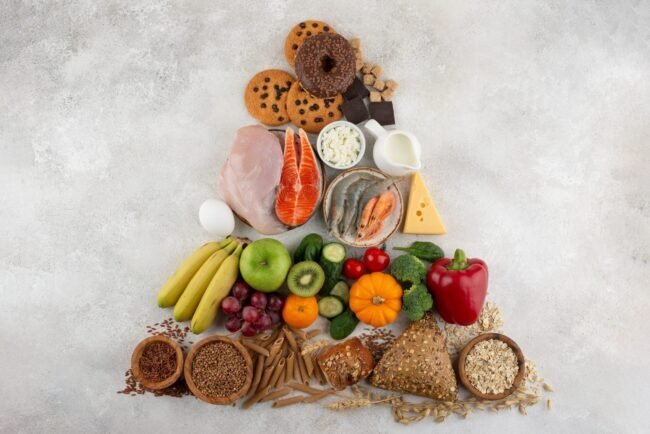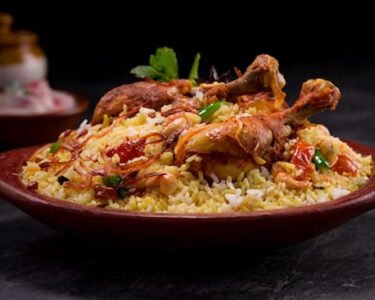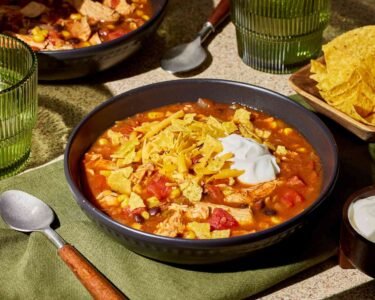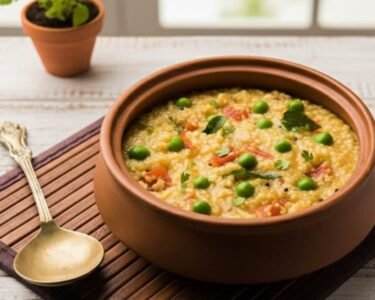Indian festivals offer more than just celebrations; they serve as occasions to reinforce family ties and cultural customs. From delectable sweets to savory delights, festivals like Pohela Boishakh, Bihu, Ugadi, Eid, Vishu, Navratri, and Diwali showcase culinary diversity and heritage. However, amidst the allure of festive treats, we often neglect the nutritional aspect of our diet, with protein taking a backseat to carbohydrates and fats. Yet, protein plays a vital role in sustaining our health and vigor. Thus, it’s imperative to strike a balance between indulgence and nutrition, ensuring that our festive spreads nourish both body and spirit.
Transforming Festive Menus with Plant-Based Proteins:
Embracing plant-based protein sources like Soya Chunks, Chickpeas, Moong, and diverse Millets (Ragi, Jowar, Bajra) has the potential to revolutionize our festive culinary offerings. By infusing traditional flavors with nutritional goodness, these ingredients, celebrated for their versatility and nutritional richness, emerge as prime candidates for elevating the health aspect of our celebrations.
Consider enriching your traditional festive meals by incorporating Soya Chunks into rich gravies or curries, elevating protein content without compromising flavor. Its adaptable texture lends itself well to various dishes like kebabs, rolls, and pulao. Similarly, integrating Chickpeas into festive salads or snacks, such as chickpea chaat or roasted chickpeas, adds a satisfying crunch and protein boost to your spread. Additionally, utilize Moong dal to craft dishes like Moong dal soup or sprouted Moong salad, offering a nutritious addition to your festive menu. Furthermore, integrate Millets like Ragi, Jowar, or Bajra into festive staples such as rotis, dosas, or porridge, enhancing nutritional value while introducing diverse flavors and textures to your meals.







